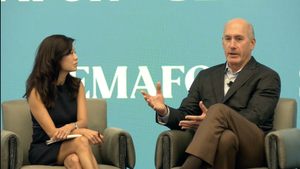News
thumbnail
Business Management
Axiata and Sinar Mas step closer to $3.5B merger in Indonesia – reportsAxiata and Sinar Mas step closer to $3.5B merger in Indonesia – reports
A non-binding agreement between XL Axiata and Smartfren Telecom may be reached in the coming months, according to Bloomberg.
Subscribe and receive the latest news from the industry.
Join 62,000+ members. Yes it's completely free.

.jpeg?width=700&auto=webp&quality=80&disable=upscale)








































.jpeg?width=300&auto=webp&quality=80&disable=upscale)







